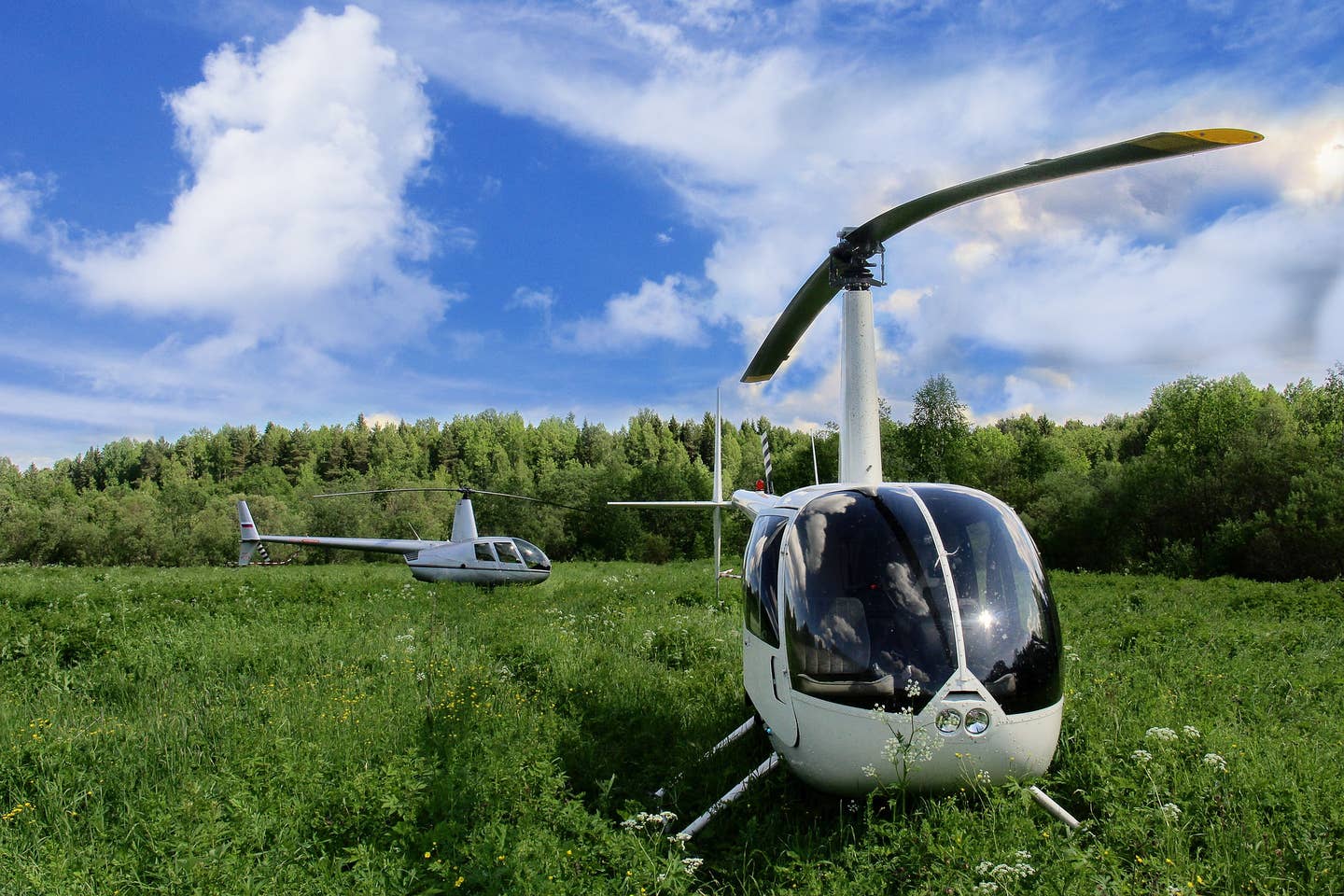
The Robinson R44 is a popular helicopter for advanced pilot training. Pixabay
Learning to fly a rotorcraft or helicopter opens up flying into places that other aircraft can’t reach. As a professional helicopter pilot, you can fly for rescue and emergency medical services (EMS) or executive transport, among many options.
The rotorcraft category of aircraft includes helicopters, as well as autogyros and gyrodynes . You're most likely to begin training in a light, single-engine piston-powered helicopter, for the same reasons that a person learns to fly fixed-wing aircraft in a single-engine airplane: cost, availability, and simplicity.
Common training rotorcraft include the Schweizer 300 and the Robinson R-22. You'll start by pursuing a private pilot certificate with the rotorcraft category rating, and then can progress to obtain a commercial pilot certificate in order to perform work for hire. You may also go for an instrument rating, which allows you to fly the helicopter in the clouds or low visibility, or a flight instructor certificate, which lets you train other pilots. In order to fly large turbine transport helicopters, you'll need an airline transport pilot certificate.

Sign-up for newsletters & special offers!
Get the latest FLYING stories & special offers delivered directly to your inbox






